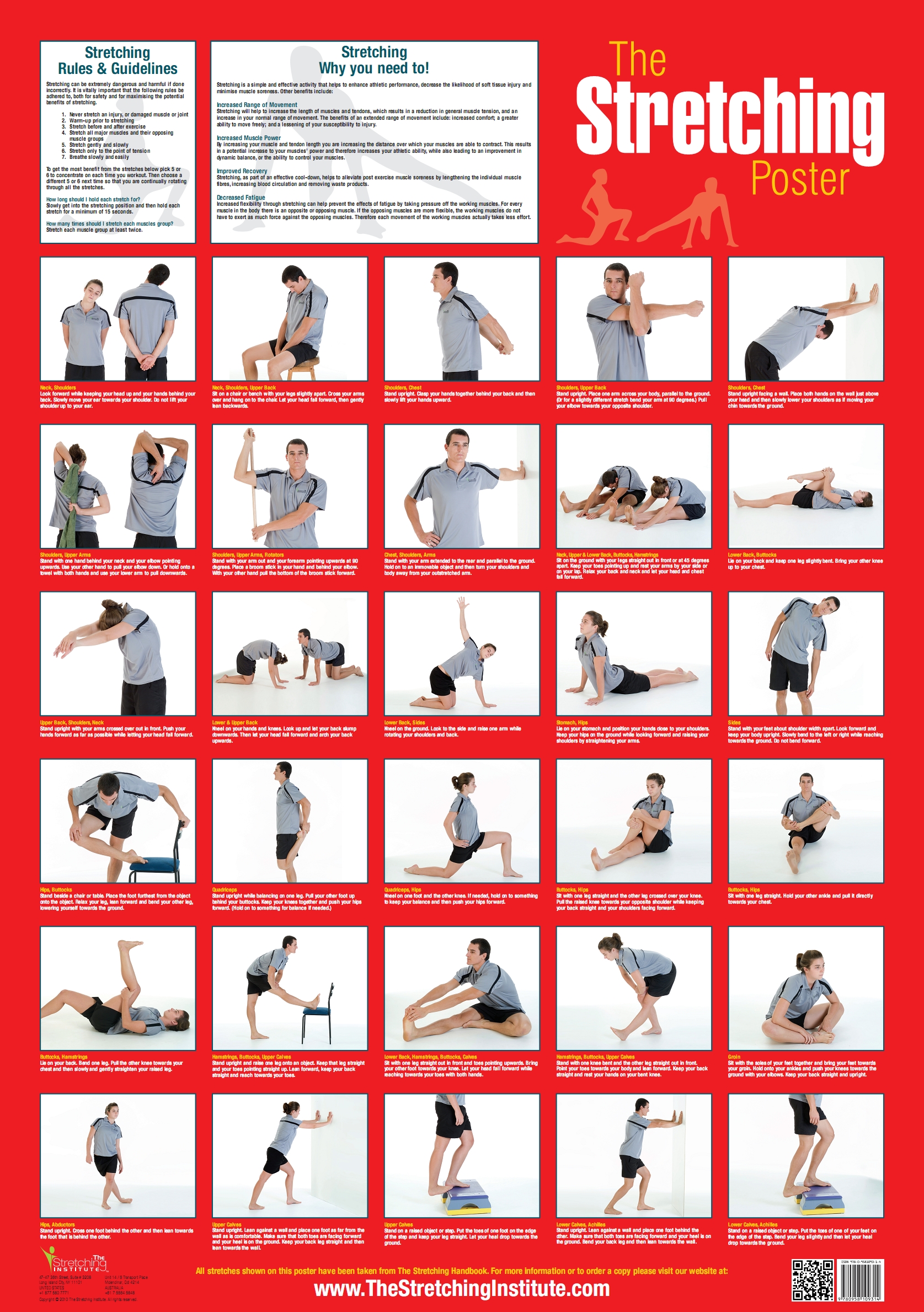Improve Your Flexibility and Range of Motion
4 tips for improving your flexibility when you think you can’t improve your flexibility.
One of the most common questions I get asked is; How do I improve my flexibility? I’ve tried everything and no matter what I do I can’t increase my flexibility past a certain point.
Does this sound familiar? Is your flexibility stuck, and nothing you do makes any difference?
If so, don’t panic. This is quite normal. In fact it’s very common with all aspects of physical fitness, not just flexibility. Athletes and sports people often talk about reaching a “plateau,” where one aspect of their fitness seems to get stuck.
So what can you do about it? Is it out of your control? Or are there simple tips and tricks to get you past that plateau?
You bet there are! And here are 4 of the best tips; guaranteed to smash through that plateau and take you to a whole new level of flexibility.
Strength v’s Flexibility
You may be thinking; what’s strength got to do with flexibility? Well, quite a bit to be honest. In fact, strength and flexibility are much related. Or should I say; interrelated.
You see, the flexibility of a muscle is very dependent on the strength of that muscle: Especially strength at the end ranges of motion. It’s like your body won’t let you go past a certain level of flexibility until it knows you have the muscle strength to handle that improved range of motion.
Muscle strength is crucial for joint stability, so if you’re trying to improve your flexibility around a particular joint, but the muscles that stabilize that joint are weak, all you’re doing is making that joint more vulnerable to injury.
Tip #1: Work on strength as well as flexibility. As the strength of your muscles improves, especially at the end ranges of motion, so will your flexibility.
Variety of Stretches
There’s 100’s of muscles in the body and it’s not uncommon for one muscle group to be made up of two, three or more smaller muscles. And they’re all somewhat inter-connected to each other.
Tight hamstrings can cause lower back problems; tight hip muscles can lead to knee pain; and tight chest muscles can cause upper back pain.
If you’re trying to improve the flexibility of your hamstrings for example, then you need to be doing as many different hamstring stretches that you can think of. You need to do hamstrings stretches with your leg out in front, and with your leg out to the side. You need to do hamstring stretches with a bent knee, and with a straight knee. You need to stretch with both legs at the same time, and you need to stretch one leg at a time. You need to vary the position of your hips, and you need to vary the position of your feet.
And if you really want to improve the flexibility of your hamstrings, you need to stretch your lower back, your buttocks, your hips, your groin, and your calves.
Tip #2: Don’t do the same old boring stretches all the time; include a variety of stretches for all your muscle groups. Check out my stretching videos if you need examples of different stretches.
When to Stretch
Stretching before exercise or as part of your warm-up is great, but pre-exercise stretching is not meant to improve your flexibility; its purpose is simply to prepare you for exercise. So if you want to improve your range of motion, when is the best time to stretch?
One of the best times to stretch is after your work out, as part of your cool-down. This is when your muscles are most warm and pliable, which makes it much easier to stretch and reach new levels of flexibility.
Another great time to stretch is just before going to bed. This works at a neuromuscular level, as the increased muscle length is the last thing your nervous system remembers before going to sleep.
Tip #3: Do most of your flexibility training at the end of your work-outs as part of your cool-down, or late in the evening. This will help to improve your flexibility on a more permanent or longer lasting basis.
Types of Stretching
There are many different types of stretching (or ways to stretch), and all of them have their advantages and disadvantages. Some are more suitable for warming up; some are better for injury rehabilitation; while others are great for athletic improvement.
Dynamic stretching, for example, is great for warming up and assisting athletes involved in sports that require fast ballistic type movements. But dynamic stretching is not the best choice for improving flexibility. So which types of stretching are best for improving range of motion?
Static stretching is by far the best form of stretching for improving your flexibility and range of motion. In particular; long hold static stretching (held for longer than 30 seconds) and PNF stretching.
Static stretches are stretching exercises that are performed without movement. In other words, you get into the stretch position and hold the stretch for a specific amount of time.
Tip #4: Long hold static stretching and PNF Stretching are the most effective forms of stretching for improving your flexibility quickly and permanently.

In them, you’ll learn how to stretch properly and improve your flexibility and fitness quickly so you can become loose, limber and pain free. Plus, you’ll discover little known stretching secrets that will revolutionize the way you think about stretching and flexibility.
You’ll get access to the 7 stretching secrets that 90% of people aren’t using and discover why most people who stretch regularly will never improve their flexibility.

- Get rid of injury, soreness and pain;
- Recovery quickly from annoying sports injury; and
- Do away with stiff, tight muscles and joints for good.
Article by Brad Walker AKA the Stretch Coach. Copyright © All rights reserved. Brad is a leading stretching and sports injury consultant with more than 20 years experience in the health and fitness industry. View more stretching and sports injury articles here…

